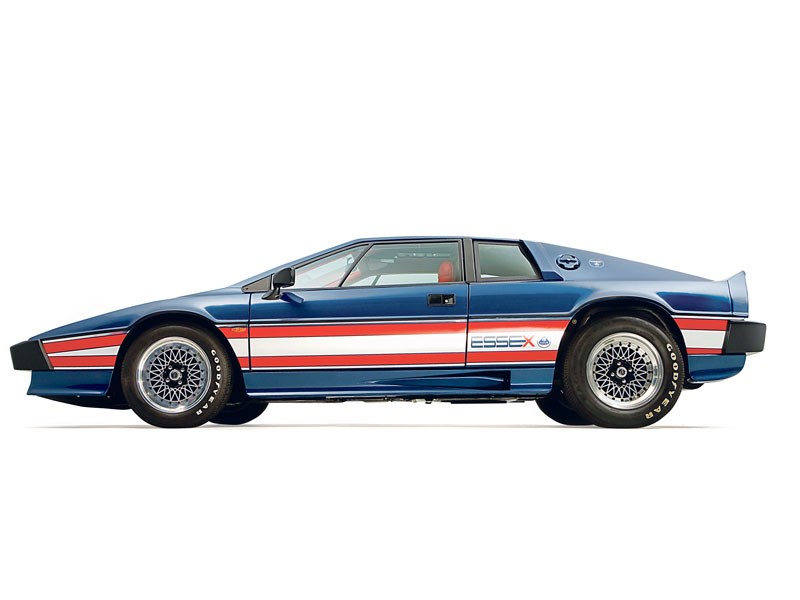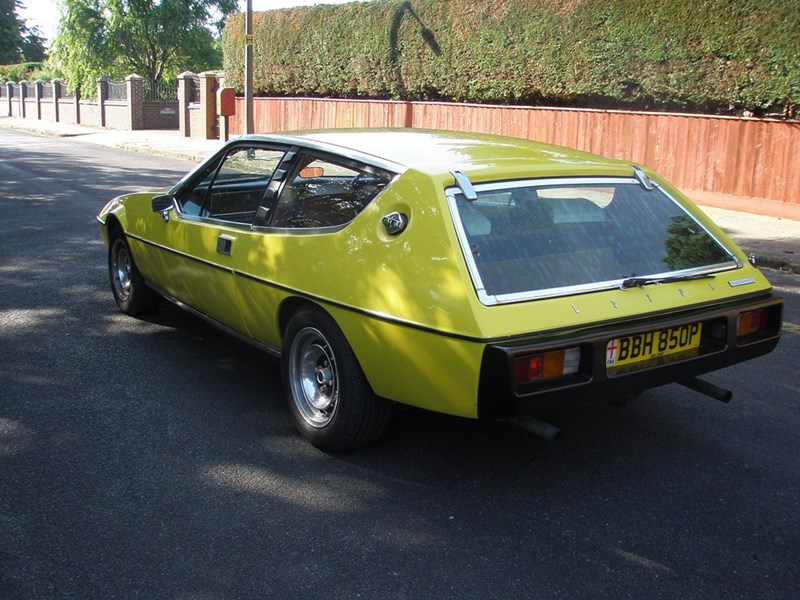Forty years since it was first launched, surely it’s time to view the Beta in a fresh light.
The Beta was the first new car introduced by Lancia after the Fiat takeover of 1969. Launched in 1972, it was available in a number of different body styles. First to appear, and originally the most common, was the four-door saloon or ‘Berlina’. The fastback styling gives the appearance of a hatchback, although it actually has a conventional boot. A jewel of a design that was streets ahead of other family offerings of the period, the Beta features four-wheel disc brakes, a five-speed gearbox, twin-cam engine and independent suspension. Most Series 1 Betas have gone to the crusher, but there are still well looked after post-1976 Series 2s to be found.
VITAL STATISTICS
1973 lancia beta berlina
Engine 1756cc/4-cyl/DOHC
Power (bhp@rpm) 110bhp@6000rpm
Torque (lb ft@rpm) 106lb ft@3000rpm
Top speed 109mph
0-60mph 10sec
Consumption 26mpg
Gearbox 5-speed manual
WHAT TO LOOK FOR
BODYWORK & CHASSIS
Begin at the front by checking the valance and bonnet. Stone chips here can lead to holed metal in time – although the valance was undersealed from new and is durable enough. Closely examine the MacPherson strut mountings and inner wings, which are crucial to the car’s structure. They can rot and allow the suspension to push straight through the top of the bodywork. There are often further nasties lurking underneath, particularly on Series 1s. Check the subframe mountings, which can pull away from the floorpan because the mountings aren’t strong enough. The metal around the mountings weakens over time, leading to the subframe pulling clean away. Series 2 cars use a redesigned subframe and floorpan with triangulated mountings, alleviating the problem.
Inspect the whole length of each sill – they’re made from three sections with a centre membrane, and all can rot from the inside out. Press firmly and feel for the metal giving way. Finish by checking the rear valance and quarter panels, as well as the rear wings and strut towers. The latter is best checked from inside the boot, so while you’ve got the boot lid open, make sure the boot floor is intact.
ENGINE
Don’t be too worried by an oily engine bay, as the Beta’s powerplant is notoriously tricky to seal completely. Cam cover and head gaskets are the likely culprits. Oil shouldn’t be gushing out, though you can expect to see signs of it. Get the engine up to temperature, then make sure the thermostatic fan cuts in. On carburettor-equipped cars, it often doesn’t work because the fuse is at the front of the engine bay (though it was later re-located) and this lets in water in, causing corrosion. The resultant overcooking of an engine can result in a blown head gasket, so remove the oil filler cap and check for mayonnaise-like deposits. Find out when the cambelt was last changed – it needs doing every 30,000 miles. If it breaks, the valves will come into contact with the pistons, resulting in the need for an expensive rebuild.
RUNNING GEAR
The only weak spot in the suspension is the MacPherson struts, which can leak. Any hydraulic fluid that has leaked from the dampers will be obvious in the wheelarches – complete replacement is the only cure. Steering rack gaiters can split if they have been cooked by the exhaust – there should be a heat shield fitted to prevent this – with replacement taking half a day. Gearboxes are tough, but second gear synchromesh is the first to go – when cold it can be difficult to select. You can either learn to live with it, or else find a decent replacement gearbox. Budget for the swap taking about a day.
INTERIOR
Very little interior or exterior trim is available new. Joining the club is perhaps the best option in order to source secondhand items. The checked woolcloth used on cars built between 1978 and 1981 is the most durable, so bear this in mind when viewing a prospective purchase.
OUR VERDICT
The oft-derided Beta has more going for it than you might expect, namely affordability, sharp handling and a lusty twin-cam motor. Find a good Series 2 built between 1977 and 1979 and you’ll have the best of the bunch. There’s the rub, though – finding any example of a Beta, never mind a good one, is getting increasingly difficult. They are out there – you just need to be prepared to look very hard.














































